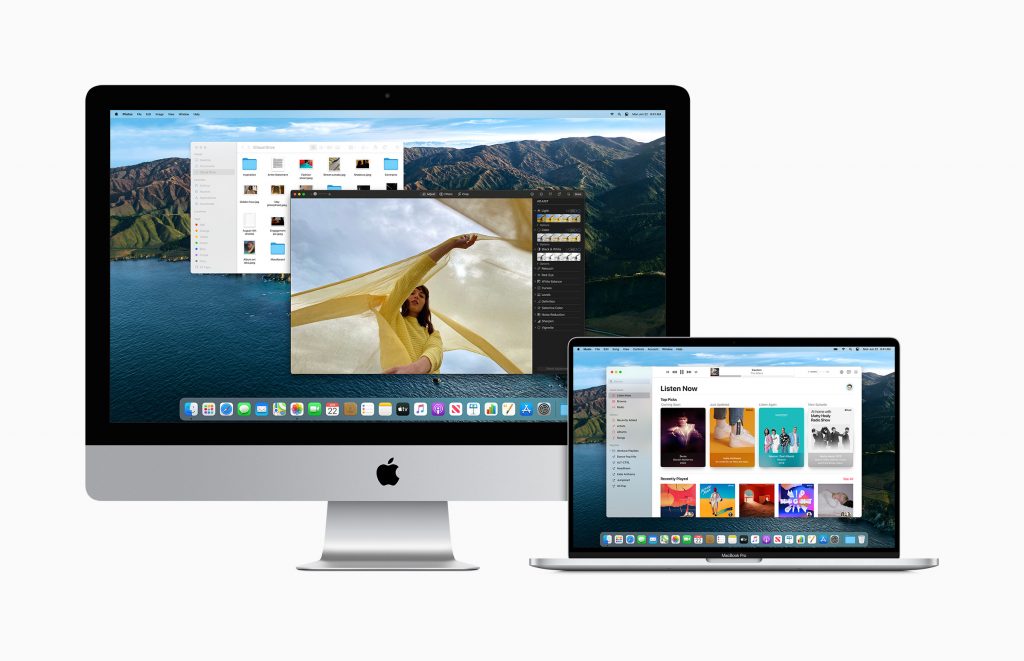
Apple plans to outfit Mac devices with its own processors
Developers will be able to start building applications without delay, and the first systems are expected to go on sale within a year. The tech giant’s transition will take around two years.
Apple’s choice of proprietary processors could be considered a historical event. At the same time, it is reasonable – the corporation has powerful, high-tech and high-performance data processing devices, which will take a worthy place on Mac gadgets.
The transition will create a unified architecture for Apple’s product line, which will noticeably simplify the development and enhancement of applications for the technogiant’s ecosystem.
Along with this announcement, an updated version of the Mac operating system called macOS Big Sur has been revealed. This is the most extensive update in more than 10 years. It includes technological solutions that are required for a painless and safe transition to its own processors.
Developers can easily adapt existing applications to the Apple processor architecture. This helps to optimize software solutions by making them more powerful and functional. At the same time, the apps will be more versatile, as they won’t need to be re-engineered and can be built for macOS operating systems. iOS, iPadOS.
Why has Apple stopped working with Intel?
According to Bloomberg sources, the choice in favour of its processors was caused by problems with the performance of Intel devices. This forced Apple to constantly make adjustments in MacBook production and even refuse to release a number of gadgets.
Lately, due to a lag in some technological processes, Intel did have difficulties with processor performance growth. The company repeatedly announced about process optimization and manufacturing chips for mobile devices in accordance with 10-nm standard, but it was not enough.
Apple’s development strategy is aimed at gradual reduction of dependence on external suppliers and third-party technologies. This trend is most evident in the iPhone smartphone segment. For example, earlier devices used Imagination Technologies graphics and Samsung processors, but later the tech giant switched to producing its own components.
At the same time in the short term, the concern will continue to create and support macOS devices with Intel processors, but their share will shrink.

Help for developers
The Universal App Quick Start Program is being launched to help developers adapt to the features of the new processors. This program provides access to white papers, forums and beta testing as well as limited access to the DTK, a developer kit for the A12Z Bionic single-chip version of macOS.
Unique single-chip processors from Apple
The world’s leading software engineers have been designing and optimising Apple’s single-chip processors for over 10 years. The result is a uniquely scalable architecture for mobile devices that delivers both performance and functionality. Based on this, the tech giant is building a line of single-chip processors for macOS devices.
They are expected to have the highest performance per watt in their segment and get the most powerful graphics processors. Such a solution will open new perspectives for developers to create high-performance applications and games with state-of-the-art graphics.
The Neural Engine and other innovations will make macOS the platform of choice for machine learning applications. All families of Apple devices will have a unified architecture, which will make it much easier for specialists to develop and improve software products for the entire ecosystem of the technology giant.
